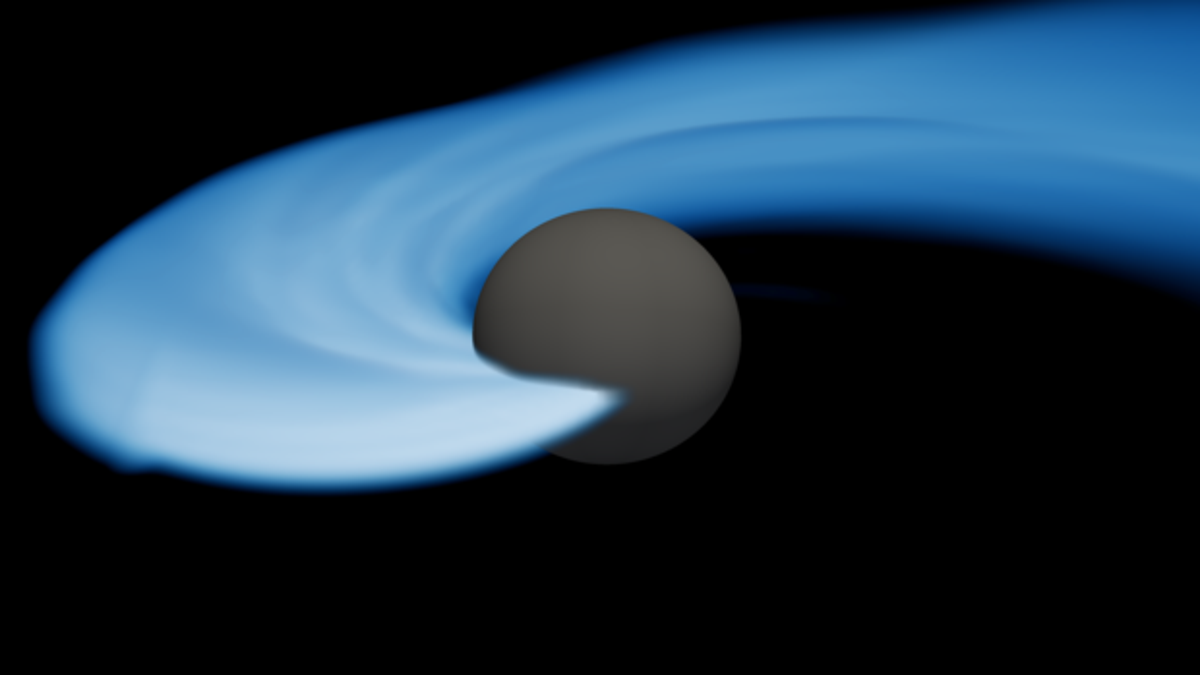Discovery of Gravitational Waves From Neutron Star and Mystery Object Collision
A prominent gravitational wave observatory recently identified distortions in spacetime believed to have originated from the clash between a defunct, extraordinarily compact stellar leftover and an unidentified entity.
Nature of the Stellar Remnant
The stellar remnant in question is classified as a neutron star, which emerges after the implosion of a massive star, leaving a condensed core in its wake. Neutron stars stand as some of the densest entities in the cosmos, characterized by potent gravitational forces that fall short of the extremity exhibited by black holes, whose gravitational pull is so intense that even photons cannot escape their boundaries. These two celestial giants engage in a cosmic ballet, occasionally colliding and releasing gravitational waves – visible distortions in the fabric of spacetime. The primary instance of a documented merger between a neutron star and a black hole took place in 2021.
The interactions between neutron stars and black holes generate gravitational waves, which are detected by observatories such as the LIGO-Virgo-KAGRA Collaboration, crucial in the latest scientific investigation.
Discovery and Analysis of GW230529_181500
In May 2023, LIGO-Virgo-KAGRA detected a gravitational wave signal shortly after resuming operations following enhancements to reduce detector noise and enhance sensitivity to spacetime deviations. Travelling 650 million light-years, the unique signal reached the LIGO Livingston Observatory in Louisiana, unveiling the merger of two cosmic bodies. The smaller entity, weighing between 1.2 and 2 solar masses, is presumed to be a neutron star. Contrarily, the larger object, with a mass surpassing that of any known neutron star, hints at the possibility of being an unexplored miniature black hole. The signal is designated as GW230529_181500, abbreviated as GW230529.
Through numerical simulations, the scientific community intends to delve deeper into the properties of the compact binary system GW230529, deciphering the intricacies of the matter-waves interplay.
Implications and Future Research
The enigmatic object falls within the evident mass gap existing between the heaviest known neutron star and the lightest black hole, sparking anticipation for further investigation to confirm its classification as a low-mass black hole or an alternative entity. Astronomer Jess McIver highlights the high probability of similar collisions involving neutron stars and low-mass black holes following this detection, suggesting a higher frequency than previously presumed.
The ongoing LIGO-Virgo-KAGRA collaboration anticipates over 200 instances of detected gravitational wave signals by February 2025 as their fourth observing run commences on April 10. The cascading discoveries in gravitational wave science evoke enthusiasm for upcoming research endeavors.
Image/Photo credit: source url





